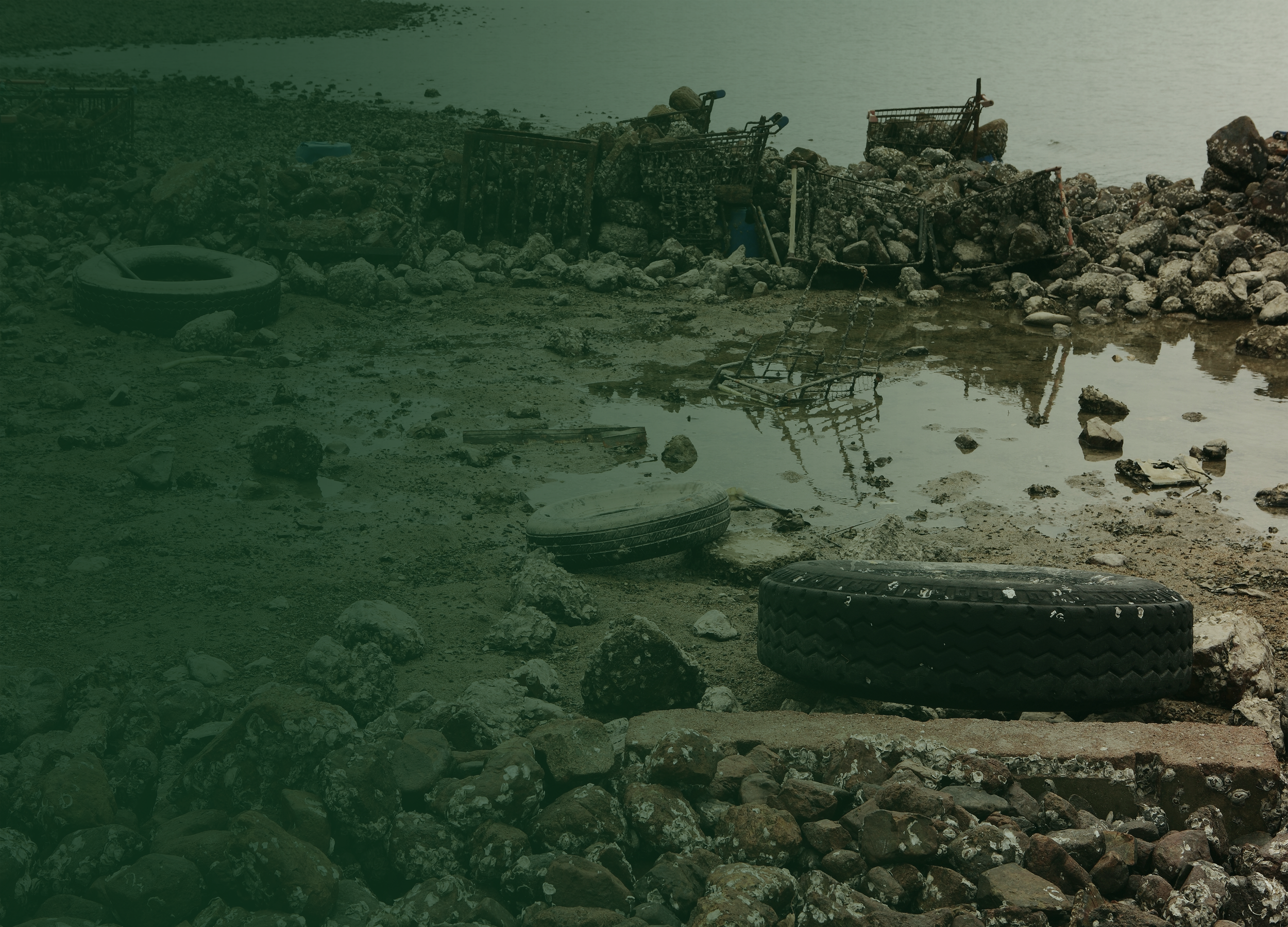EXTERNALITIES
We face large and complex challenges — climate change, a biodiversity crisis, inadequate means to efficiently transition to a sustainable, stable and more equitable economy. The root cause of many of our environmental and social problems stems from a market failure that economists term “externalities”.
POSITIVE EXTERNALITIES
including benefits like the production of clean air or fresh water that nature produces, are not included in GDP and do not provide a means of wealth creation.
NEGATIVE EXTERNALITIES
such as pollution or climate change, transfer costs from the producers of goods and services and place the burden on the general public – a massive and unfair hidden tax and subsidy.
To rebalance the system, we rely on voluntary and policy remedies — taxes, regulation, artificial market mechanisms (e.g. cap & trade) and philanthropy to fix market failures.
However good, voluntary and policy remedies fall short in several ways:
They provide insufficient resources to handle the magnitude of environmental and social problems.
They fail to deliver accurate price signaling on the true cost of producing goods and services.
They rely on transfers of wealth rather than wealth creation.
They are met with strong resistance by those on whom the taxes and regulations are imposed.
When nature is not an asset that can directly produce income and wealth, it is very difficult to protect and grow vital natural assets and bring about systemic change at scale.
MOST OF US ARE PAINFULLY AWARE OF THE PROBLEM…
environmental degradation, record rates of species extinction, climate change and ocean acidification. We also face increasing social pressures from uneven economic growth, rising rates of income and asset inequality and an economy that too often lurches from one financial crisis to the next.
But few are aware of the root cause of these problems. Many of our core social and environmental problems stem directly from incomplete information about the costs of producing goods and services and the exclusion of certain assets (natural, human, and social) from the mainstream of the economy. Economists call these imbalances externalities — pollution for example. To address these imbalances, we employ palliative measures to “fix” systemic design issues. These patches include: regulations, taxes, artificial markets (like cap & trade), and the work of non-profits.
Unfortunately, these approaches are simply outgunned. There are not enough resources that can be transferred or donated to counteract the damage being done by flaws in our economic foundation. With our best efforts, we are simply slowing down the rate of decline while failing to address the root cause of the problems.




